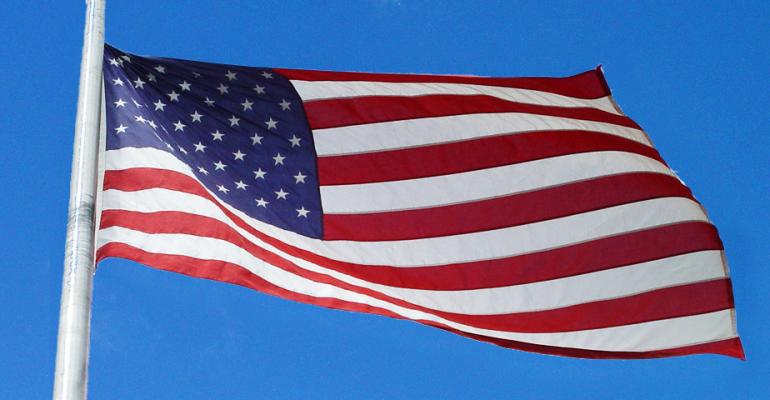It will take some time to meet the crew COVID-19 testing requirements before a line can apply, 30 days in advance, to operate simulated voyages, and then time after those to get the certification to resume passenger service.
Testing at disembarkation, too
The industry had already committed to testing for all passengers and crew prior to sailing but not, specifically, to testing at the terminal. The CDC order requires testing at embarkation and goes further, mandating testing at disembarkation, too.
This could challenge turnaround operations.
Carlos Torres de Navarra, a seasoned cruise line operations executive who's working with Miami-based WeCARE Health Network on a turnkey plan for US cruise terminals, said testing at embarkation was expected and can be accommodated with rapid antigen tests and confirmatory PCR tests.
However, testing at disembarkation has the potential to greatly slow operations and could significantly delay the historical 10-hour turnaround, he noted. Terminals handling the biggest cruise ships need to conduct simultaneous disembarkation and embarkation to keep on schedule. Those operations are separated but would be complicated by a testing regime at disembarkation.
This could be overcome, Torres de Navarra said, if the CDC were to allow testing on board the ship the day before or even the morning of arrival.
Weekly testing of crew
The CDC will require crew to be tested weekly on an ongoing basis, or at intervals ordered by the agency.
If the requirement is for a PCR test — it's not specified — that would be a 'mammoth undertaking with a lot of cost,' Torres de Navarra said. 'In the end, the most important thing is the safety of the passengers, crew and communities visited, and that is going to be what the cruise lines focus on, beyond everything else.'
As for testing symptomatic travelers — passengers and crew — CDC said PCR rather than antigen tests should be used.
Ending the cruise on how many cases?
The order also states cruises would end if a certain threshold of cases occurs.
Cruise line websites and marketing materials must advise prospective passengers that if a threshold of COVID-19 is detected on board, the voyage will end immediately and the ship will return to the US port of embarkation, and 'passengers' subsequent travel, including their return home, may be restricted or delayed.'
The threshold is not spelled out in the order.
This leaves in question how many cases would spell the end of a voyage and the further possibility of quarantine on arrival for travelers.
'Technical instructions' to come
The CDC's 40-page order includes 42 references to 'technical instructions' that are forthcoming, leaving quite a bit to be clarified.
Seven-day sailings at most/occupancy limits undefined
The CDC said itineraries must not last more than seven days and may, at its election, have to be shorter, which fits in with what cruise executives have said about starting with abbreviated itineraries.
Ship occupancy limits are not specified, however obtaining a conditional sailing certificate means meeting standards fthat include social distancing for passengers and crew, including modifying meal service and entertainment venues.
No cruise lines contacted by Seatrade Cruise News were ready to address specifics of the CDC plan, however all said they welcome the conditional order as a positive step and look forward to working with the CDC to mitigate the risks of the pandemic and protect the health of passengers, crew and communities visited.
Copyright © 2024. All rights reserved. Seatrade, a trading name of Informa Markets (UK) Limited.
Add Seatrade Cruise News to your Google News feed.  |

